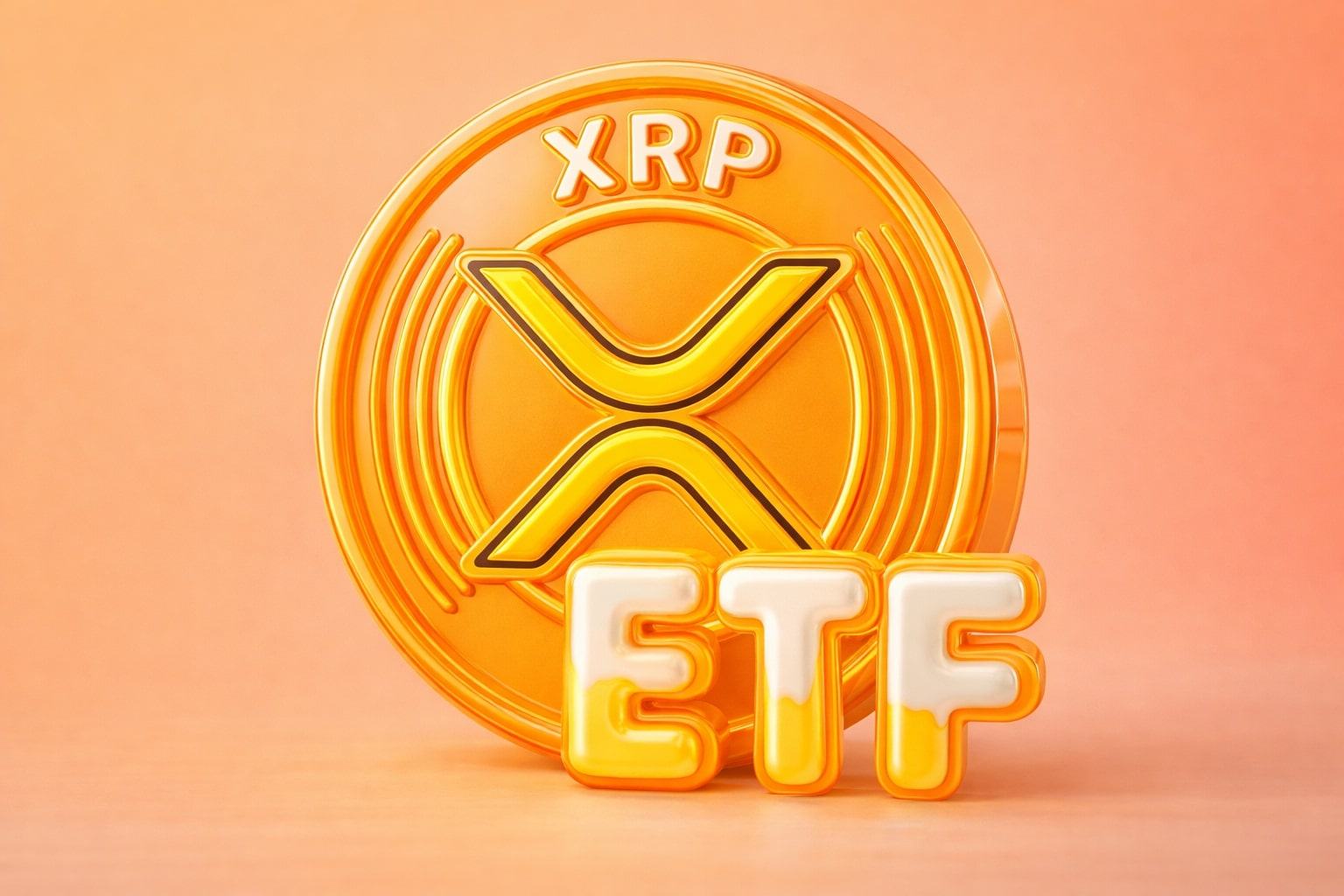Gold Price Analysis: What Lies Ahead for XAU/USD Amid Global Tensions and Fed Talks?
Gold prices have recently encountered some headwinds as geopolitical optimism and expectations of interest rate cuts from the Federal Reserve continue to shape market sentiment. Despite finding some support after slipping to $3,200, the upside potential for gold appears to be limited at the moment, with various market forces influencing the price of the yellow metal. In this detailed analysis, we'll examine the key factors affecting the gold price and the technical outlook for XAU/USD moving forward.
Geopolitical Optimism Weighs on Safe-Haven Demand
One of the primary factors affecting gold's price is the current geopolitical landscape. Investor sentiment has been bolstered by recent developments surrounding the US-China trade talks and a potential ceasefire between Russia and Ukraine. The possibility of a resolution to the Ukraine conflict has lessened the perceived need for gold as a safe-haven asset, traditionally sought after during times of heightened geopolitical tension.
US President Donald Trump’s comments regarding the ceasefire negotiations between Russia and Ukraine further fueled this optimism, suggesting that peace talks could soon take place. As a result, the demand for gold has waned, with investors flocking to riskier assets, leading to a temporary pullback in the precious metal's value. However, as always with geopolitical matters, the situation remains fluid, and any setbacks in these negotiations could once again drive investors toward gold.
Impact of US Credit Rating Downgrade
The downgrade of the US credit rating by Moody’s to "Aa1" added a layer of complexity to the market's sentiment. Although this downgrade raised concerns about the growing US national debt and fiscal imbalances, the initial boost to gold's safe-haven appeal was short-lived. Gold's price has remained subdued, largely due to the shift in focus to optimism around trade talks and a broader risk-on environment.
That said, a continued deterioration in the US fiscal position could support gold in the longer term, as market participants seek refuge from potential economic instability. Gold's role as a store of value during times of financial uncertainty may reignite should these concerns escalate.
The Fed's Influence on Gold Prices
The Federal Reserve's stance on interest rates remains a critical factor driving gold prices. Traders are closely monitoring any developments regarding the Fed's policy decisions, especially in light of recent comments by key Fed officials. The market has already priced in the possibility of rate cuts in 2025, driven by weaker-than-expected inflation data and retail sales figures from the US.
As of now, the US Dollar (USD) is near a two-week low, weighed down by these expectations. A weaker USD typically provides support to gold, which is priced in dollars. However, the Fed's rhetoric, especially from hawkish members like Atlanta Fed President Raphael Bostic, who suggested that inflation is not declining as quickly as expected, could reverse the recent trend. Bostic’s comments imply that the Fed may opt for a more measured approach, with a more cautious outlook on rate cuts.
Gold's Technical Outlook: Resistance and Support Levels
From a technical perspective, the XAU/USD pair has struggled to break above the critical $3,250 resistance level. The 200-period Simple Moving Average (SMA) on the 4-hour chart has been acting as a key point of resistance, with the gold price unable to sustain upward momentum beyond this level.
At the same time, gold’s downside potential remains limited for now. The $3,200 support zone continues to hold, and a breach below this level could pave the way for further declines toward $3,120 or even $3,100. On the upside, a clear break above $3,250 would open the door for a potential move toward the $3,300 and $3,500 levels, with the $3,300 figure being a significant resistance point.
What to Expect in the Short-Term
The short-term outlook for gold remains uncertain, with several key events on the horizon that could drive price action. The speeches from influential Federal Reserve members later this week are likely to provide some guidance on the central bank's stance on monetary policy. Any hawkish remarks could provide a temporary boost to the USD, which in turn may cap gold's upside potential.
Additionally, any setbacks in the geopolitical landscape, particularly if the Russia-Ukraine peace talks falter or if there are further signs of a US-China trade war escalation, could spur safe-haven demand for gold once again.
Conclusion: A Market in Flux
While gold remains a strong performer in the long run, supported by its status as a safe-haven asset, short-term fluctuations are likely to continue. The immediate price action is heavily influenced by developments in global trade negotiations, US economic data, and the Federal Reserve’s policy stance. Given the current conditions, gold is expected to trade within a tight range, with resistance near $3,250 and support at $3,200. Investors should remain cautious and be prepared for volatility, as the price of gold is heavily influenced by both global geopolitical factors and monetary policy shifts in the US.
Ultimately, gold continues to offer upside potential in the long-term, but its short-term performance remains tightly correlated with the USD and global risk sentiment. For traders, it will be essential to stay updated on geopolitical developments and Federal Reserve commentary for any signs of a directional breakout in the coming weeks.




















